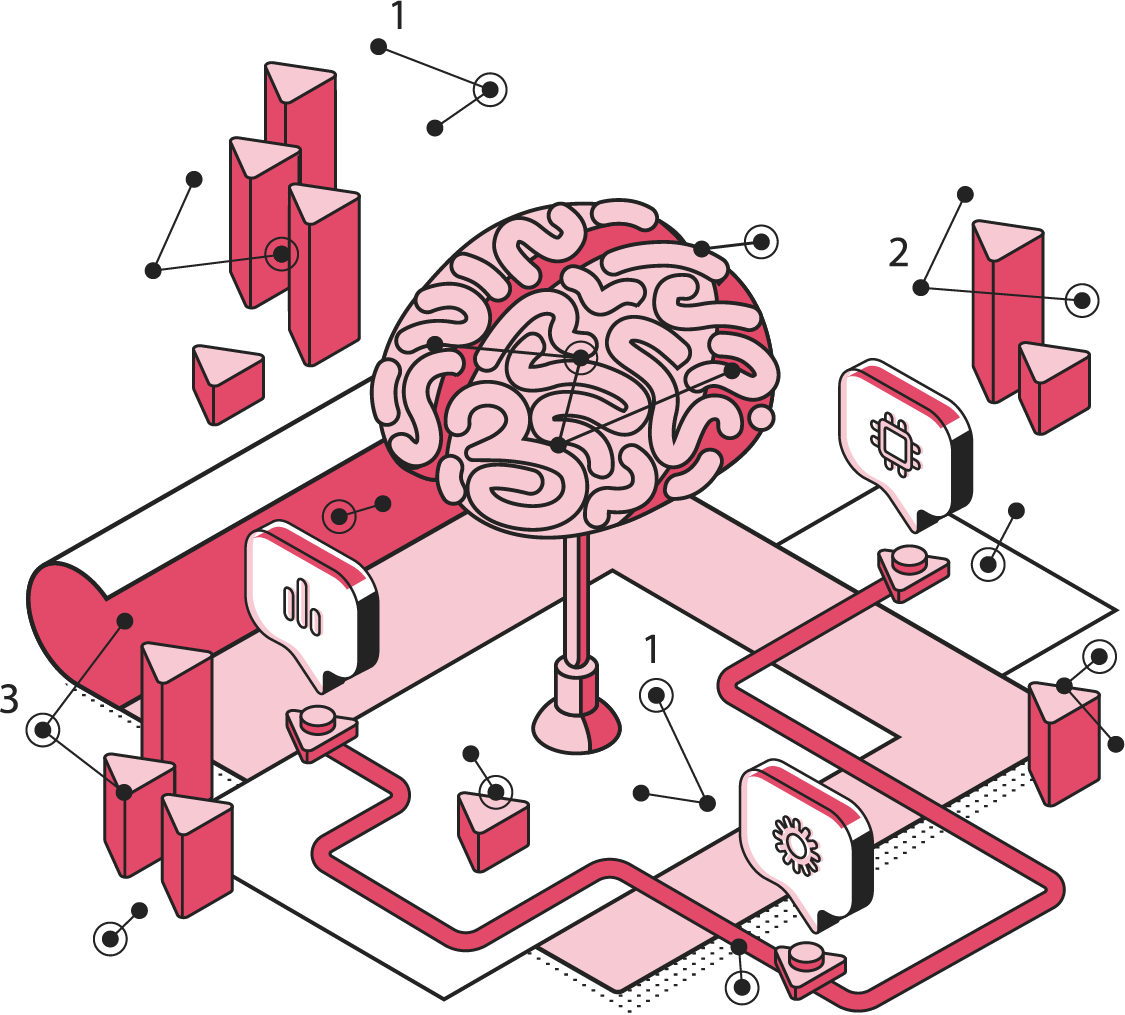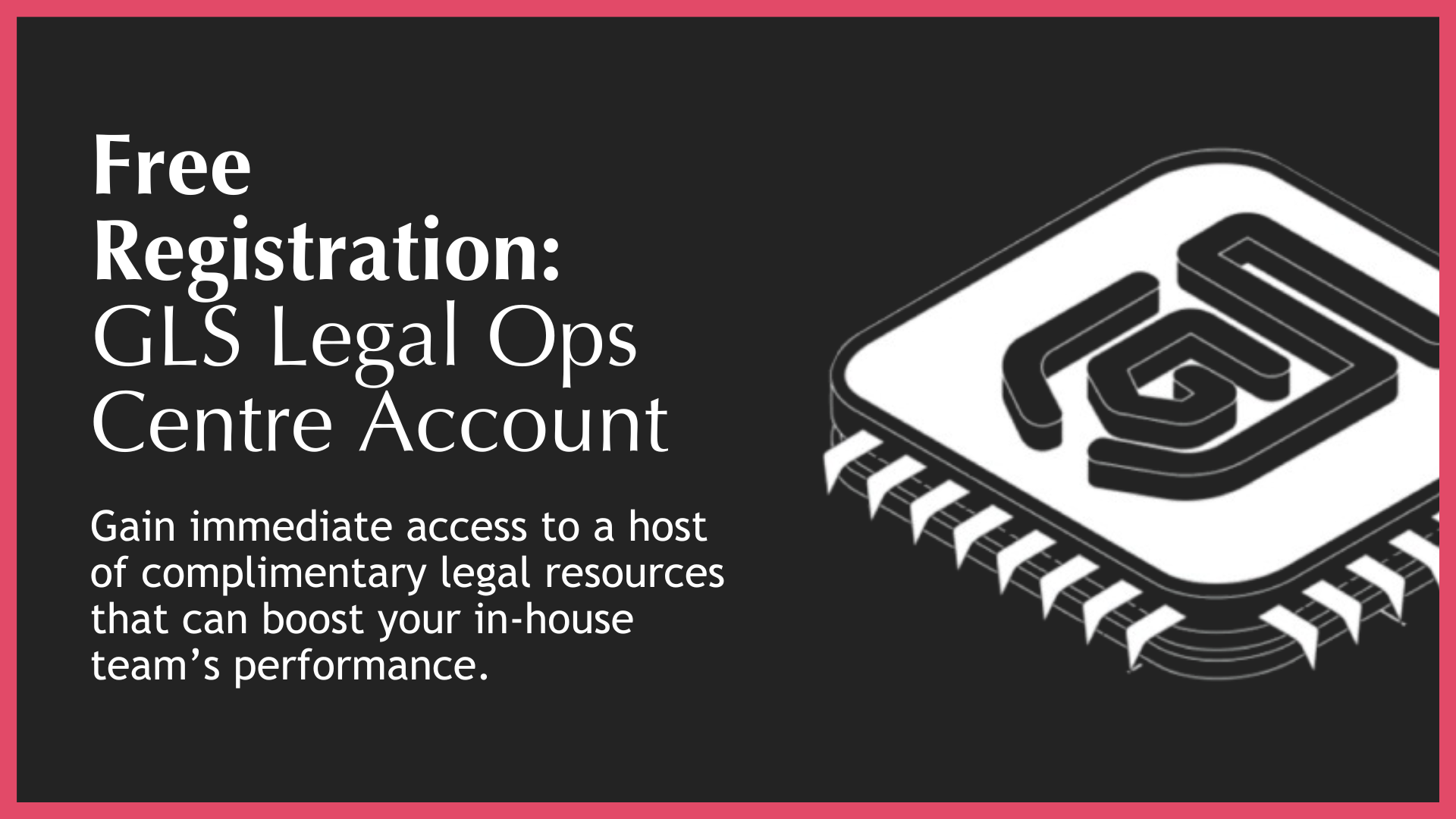The GLS Legal Operations Centre
The ultimate in-house legal department resource stack
Back
Doc. Authoring/Execution
What Is It
Legal exists to serve the internal client – enabling business outcomes, facilitating commercial ambition, and helping navigate regulatory complexity. But this service must operate within a defined legal risk landscape. Ideally, that landscape is documented in a Group Legal Policy (GLP). In practice, many organisations lack a formal GLP, or the business may choose to override it. When that happens, legal must still support – but also record – the journey.
The relationship between legal and the internal client is critical, but it can be sensitive. This station is not about blame – it’s about the highest level of professionalism. It’s about mutual respect between legal and the business, and a shared commitment to smart corporate hygiene. When decisions diverge from legal advice, the record must show what was advised, what was decided, and by whom.
In some organisations, the internal client has the authority to take a different view from legal. They may choose to pursue a position that legal has advised against. This is what we call “hitting the Business Decision Override Button.” Legal must respect that prerogative – but also ensure that the decision, the advice given, and the rationale for divergence are captured.
Doc. Authoring / Execution is the competency that ensures legal can answer the question: who instructed us to do what, and why? It applies across contracting, regulatory advice, and operational matters. It’s the forensic trail of how legal support was shaped by internal client decisions – and how those decisions evolved over time.
Scope
The scope of Doc. Authoring / Execution includes:
◼️Instruction Logging: Capturing who requested legal support, what was requested, and when.
◼️Version Control Protocols: Ensuring document changes are tracked and timestamped.
◼️Change Rationale Logging: Capturing the reason behind each material change, especially when driven by internal client decisions.
◼️Approval Tracking: Recording who authorised each change and under what authority.
◼️GLP Override Documentation: Logging instances where internal clients override legal policy positions.
◼️Negotiation History Capture: Maintaining a record of how positions evolved during internal discussions and external negotiations.
◼️Offline Record Integration: Incorporating email trails, meeting notes, and verbal approvals into the document history.
◼️Post-Execution Review: Conducting debriefs to assess how the final position compares to legal advice and original intent.
Resource Status
In GLS legal ops speak – the Doc. Authoring/Execution CRE is considered a “Foundational” resource within the process ecosystem of an in-house legal team.
The Foundational Resource is a CRE that is responsible for determining the overall performance capabilities of a “critical” legal function. If it is not optimised, the function can never be optimised.
Best Practice Features
The best practice features of the GLP are as follows:
◼️Structured Instruction Capture: Legal requests are logged with clear origin, scope, and timing.
◼️Change Justification Logs: Material changes are accompanied by a short rationale, stored centrally.
◼️Approval Matrix: A clear framework defines who can approve what types of changes – including internal client overrides.
◼️GLP Override Protocols: Business overrides are documented, timestamped, and linked to the relevant GLP clause or legal advice.
◼️Negotiation Timeline Mapping: Key negotiation milestones and shifts in position are recorded.
◼️Offline Record Capture: Email approvals and verbal instructions are summarised and stored with the document.
◼️Execution Audit Trail: Final documents include metadata on who signed, when, and under what authority.
◼️Post-Matter Debriefing: Teams review the authoring journey to extract lessons and improve future processes.
Business Value
The Doc. Authoring / Execution station delivers the following value to the Business:
◼️Risk Containment: Provides a defensible record of how legal positions were developed and approved – including when internal clients override legal advice.
◼️Faster Dispute Resolution: Enables rapid reconstruction of negotiation history when deals go off track.
◼️Accountability Assurance: Clarifies who made decisions and why, reducing finger-pointing and protecting legal credibility.
◼️Policy Compliance Visibility: Tracks adherence to GLP positions and highlights override patterns.
◼️Operational Efficiency: Reduces time spent reconstructing deal history under pressure.
Legal Department Value
For the legal team, this station is about protection, precision, and professionalism.
◼️Defensive Capability: When challenged, the legal team can show exactly how and why decisions were made – and by whom.
◼️Process Discipline: Encourages thoughtful drafting and approval behaviours.
◼️Training Insight: Reveals patterns in negotiation and drafting that inform future training needs.
◼️Team Credibility: Demonstrates that legal operates with rigour, not just intuition.
◼️Knowledge Retention: Captures deal evolution for future reference and benchmarking.
◼️GLP Enforcement: Provides data on how well GLP positions are upheld or overridden by internal clients.
Who Needs It
The Doc. Authoring / Execution station is essential for:
◼️General Counsel and Heads of Legal
◼️Legal Operations Leaders
◼️Transformation and Strategy Leads
◼️CFOs and COOs seeking legal function ROI
◼️Legal team members seeking clarity on performance expectations
Productivity Consequences
A legal team operating without a Doc. Authoring / Execution framework will face a wide range of inefficiencies including:
◼️Inability to reconstruct how a deal position evolved
◼️Increased exposure to blame when internal client decisions lead to poor outcomes
◼️Lack of clarity on who approved key changes
◼️Difficulty enforcing GLP positions or tracking overrides
◼️Loss of institutional knowledge across matters
◼️Reduced credibility with the business due to undocumented decisions
◼️Time wasted piecing together negotiation history from fragmented sources
Tech Implication
Doc. Authoring / Execution is a tech-leveraged station, but not a tech-native one. While document management systems (DMS), SharePoint, and CLM platforms offer version control, they rarely capture the full story. Offline approvals, verbal instructions, and negotiation rationale often live outside the system.
Legal teams must integrate tech with disciplined record-keeping – using shared folders, structured naming conventions, and centralised change logs. Email integration tools, metadata tagging, and workflow automation can help, but the GC must lead a culture of documentation and accountability.
What Next?
Explore GLS resources that support this station:
◼️GLS Legal Doc Audit Trail Toolkit
◼️GLS Contract Version Control Protocols
◼️GLS Approval Matrix Builder
◼️GLS Legal Team Discipline Training
◼️GLS Offline Record Capture Templates
People Also Ask
PPA: Why should internal client decisions be documented by legal?
Answer: Documenting internal client decisions – especially when they override legal advice – ensures accountability, protects the legal team, and preserves corporate memory.
PPA: What is the Business Decision Override Button?
Answer: It’s the moment when the internal client chooses to pursue a position contrary to legal advice. Legal must document this clearly to ensure transparency and defensibility.
PPA: How can legal teams support internal clients while managing risk?
Answer: By enabling desired outcomes within a defined legal risk landscape, and documenting any deviations from policy or advice.
PPA: What if our organisation doesn’t have a documented GLP?
Answer: That’s a critical gap. Without a GLP, legal teams lack a clear framework for advising and tracking policy adherence. GLS offers tools to help build and implement one.
PPA: Why is authoring and execution relevant to internal client relationships?
Answer: Because legal must be able to show how internal client instructions shaped the final position – and whether those instructions aligned with legal advice.

The GLS Legal Operations Centre
Register to access your complimentary Day 1 Resource Stack packed with legal team performance resources.

GLS Ultimate Guide To Legal Operations
Download this and read it thoroughly and regularly. It is a wonderful transformation companion.

Book A No-Obligation Consultation
If you would like discuss your legal transformation needs, please book a 30 minute free consultation with us.

GLS Legal Transformation Boot Camp
Our hugely successful, 10-week long, email-based boot camp on how to effectively transform your legal team.




